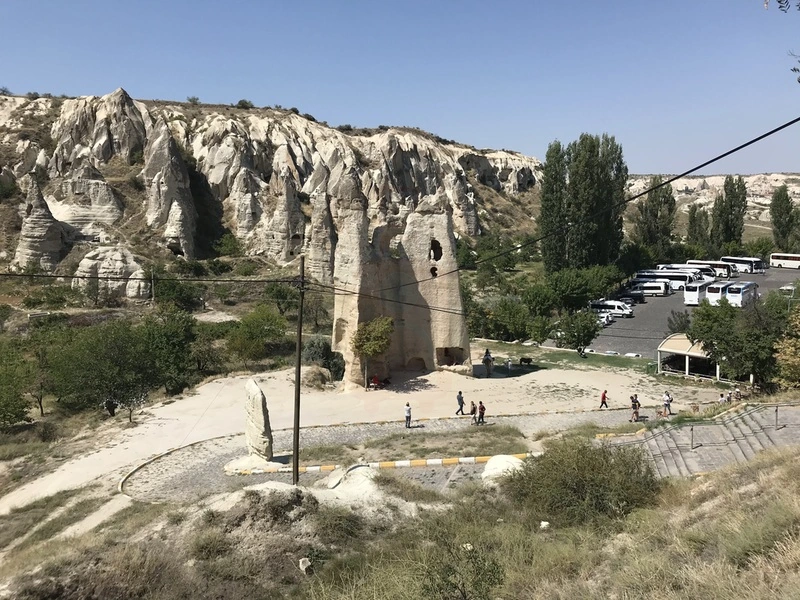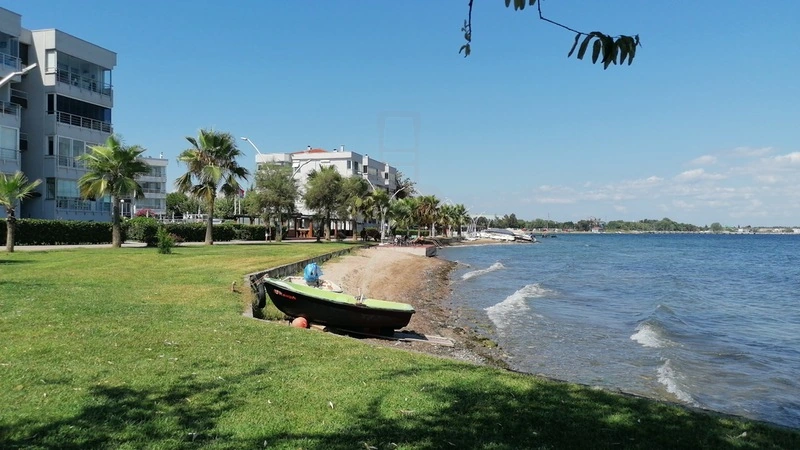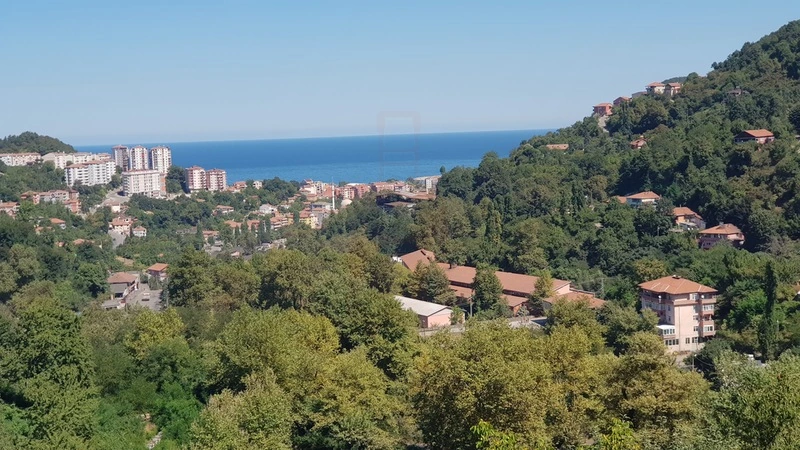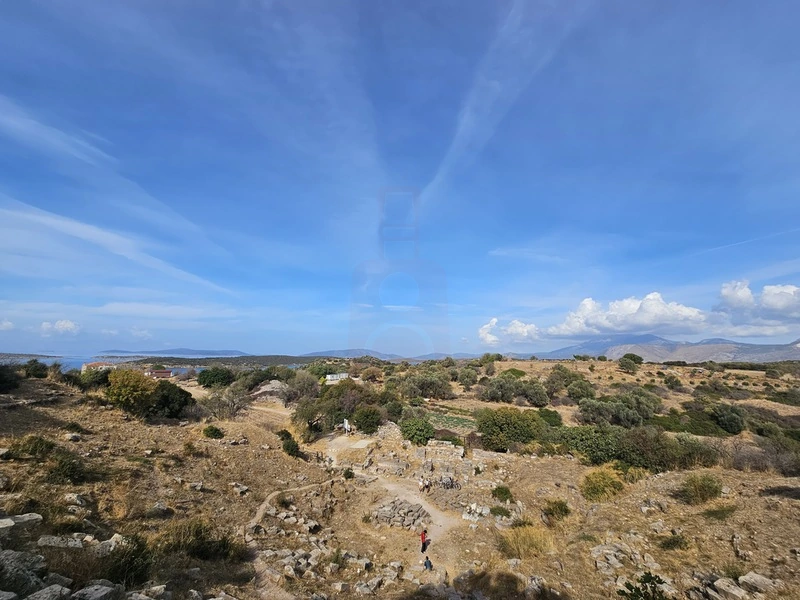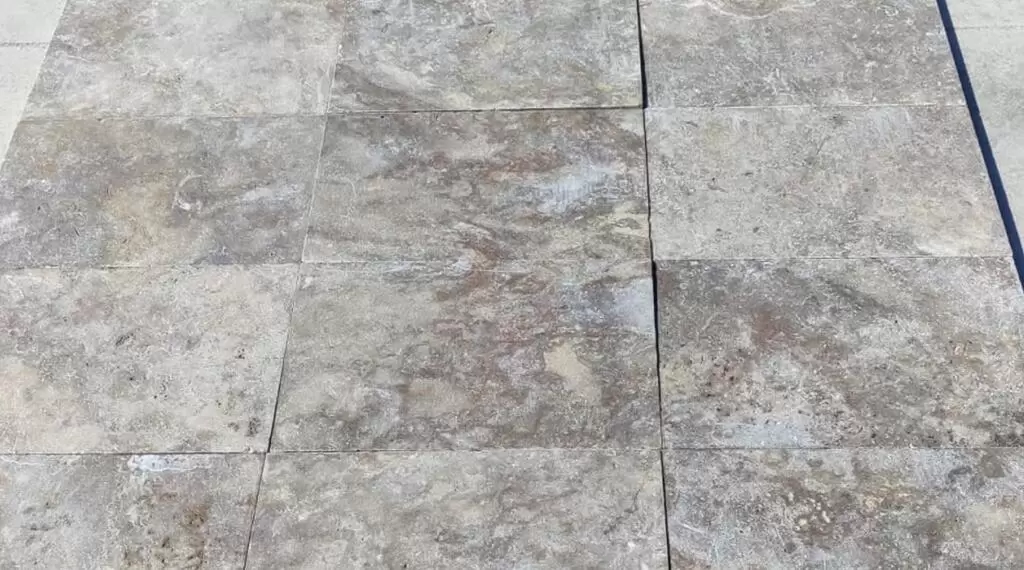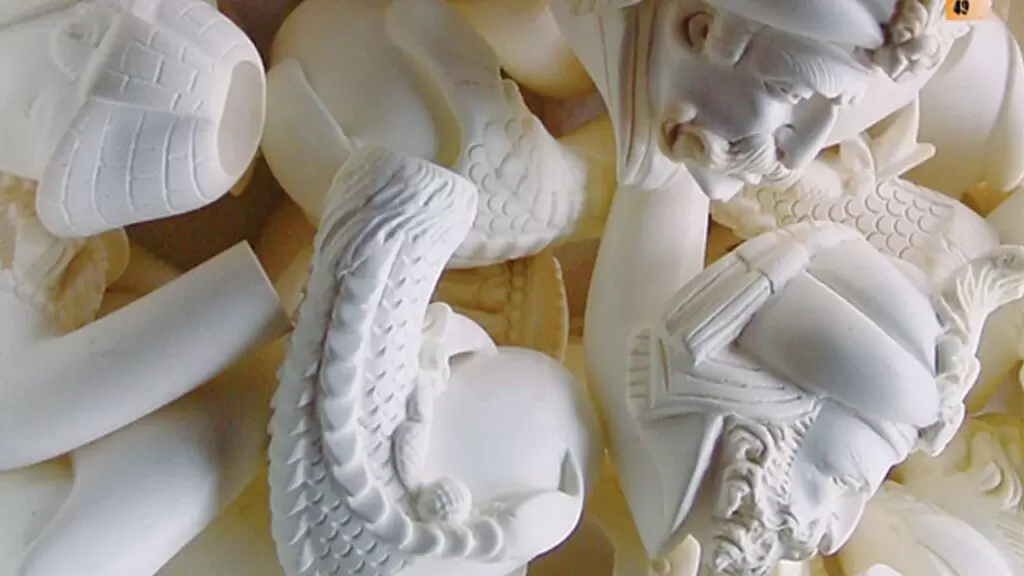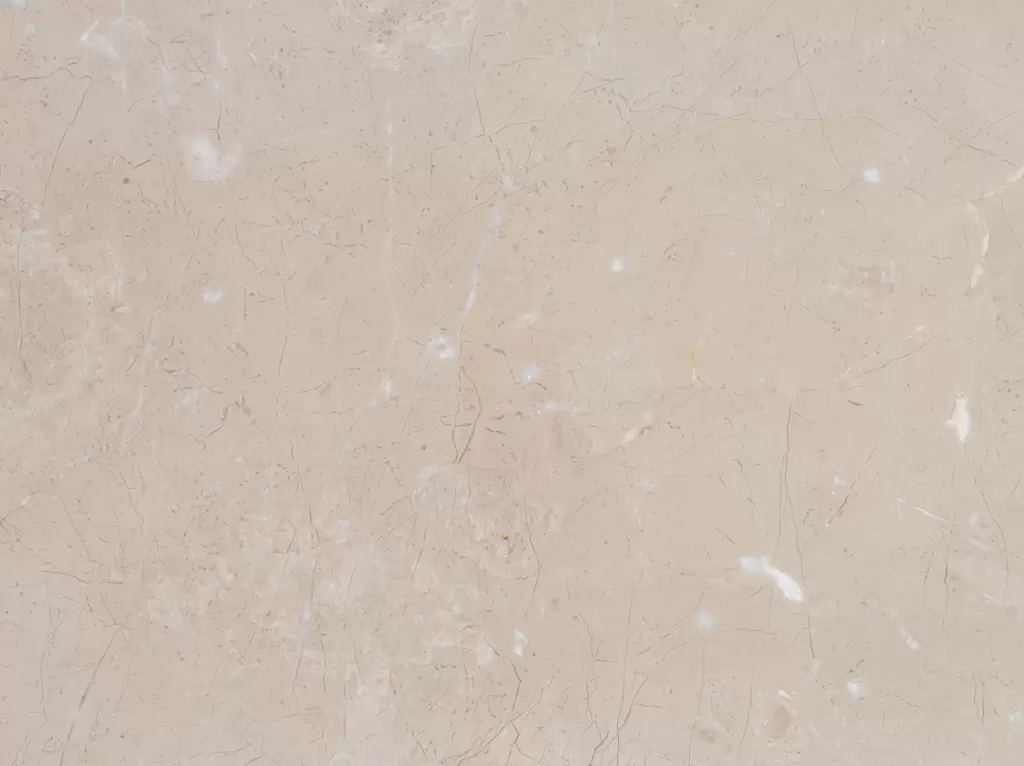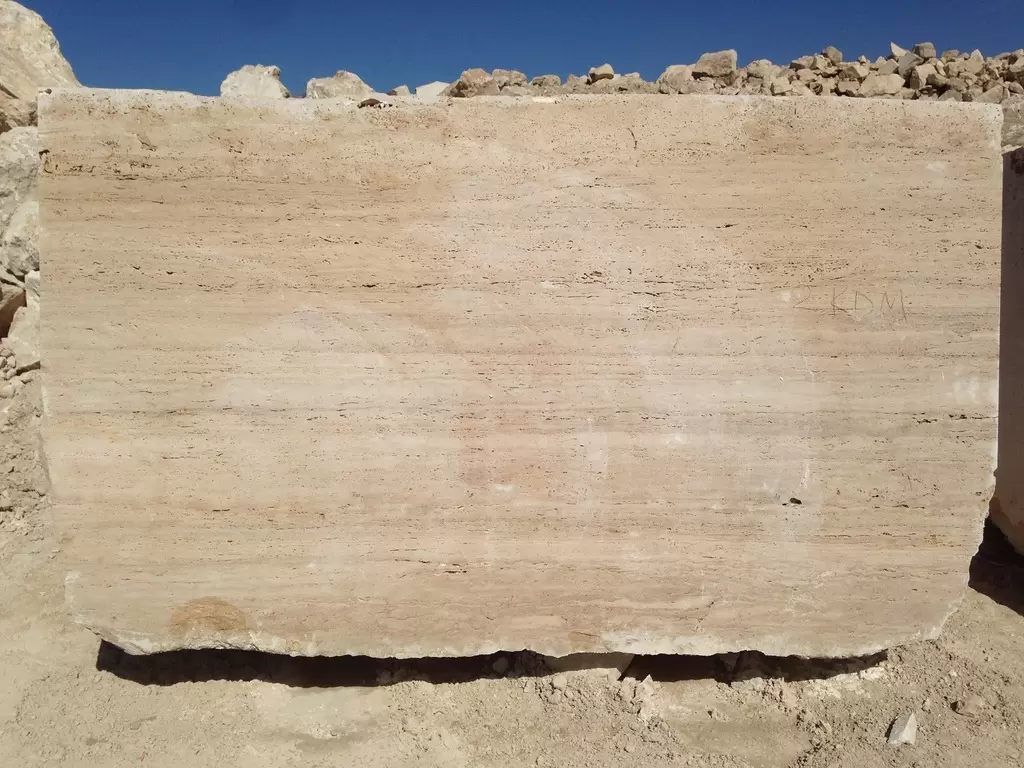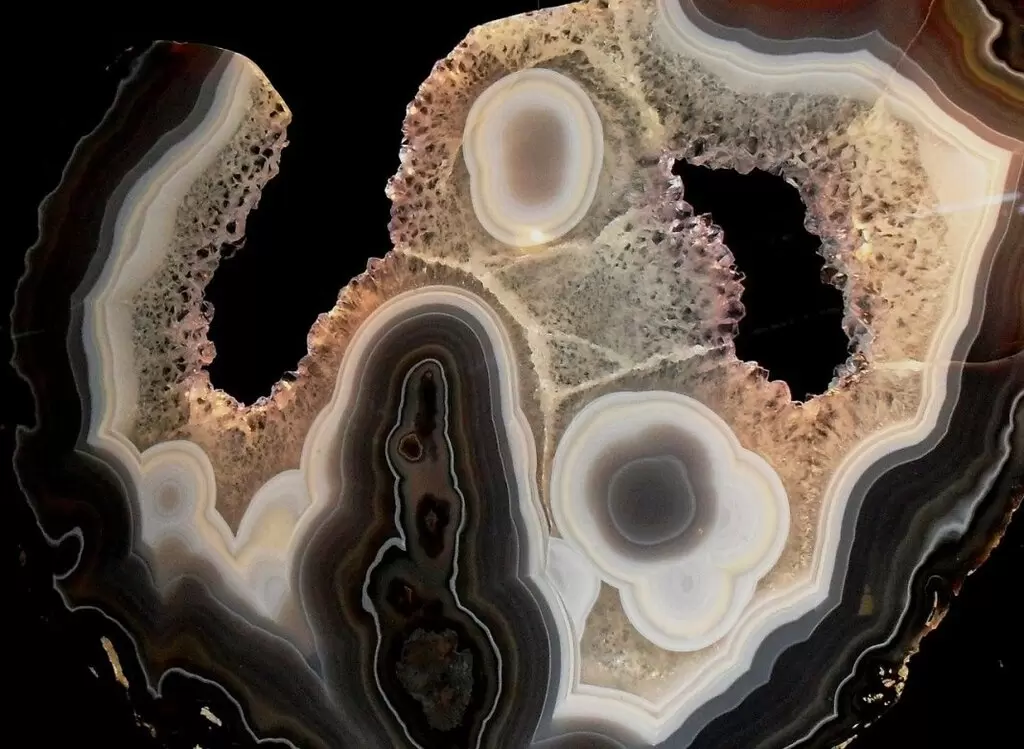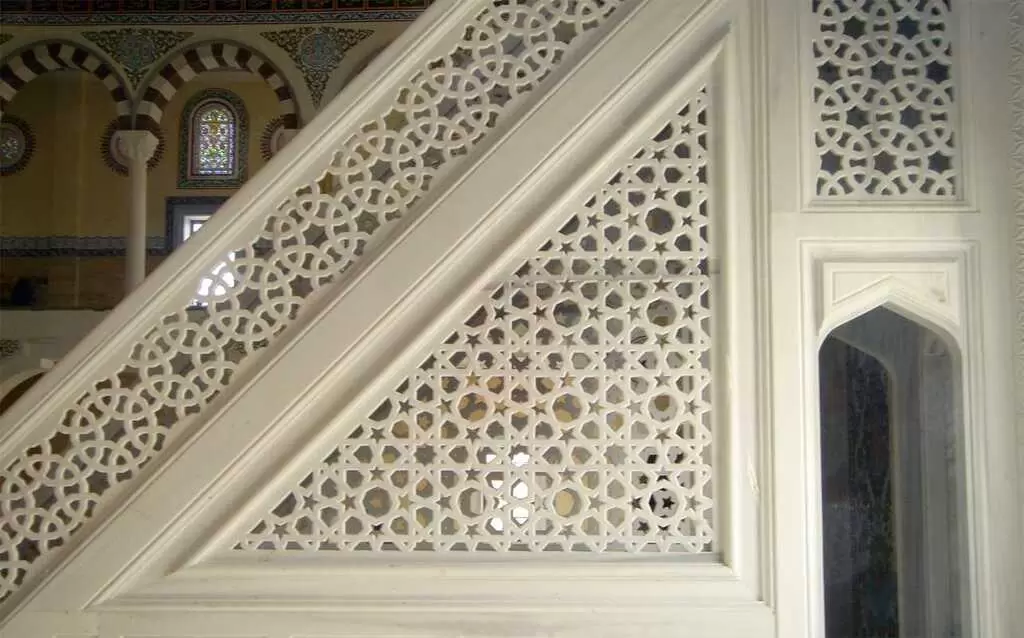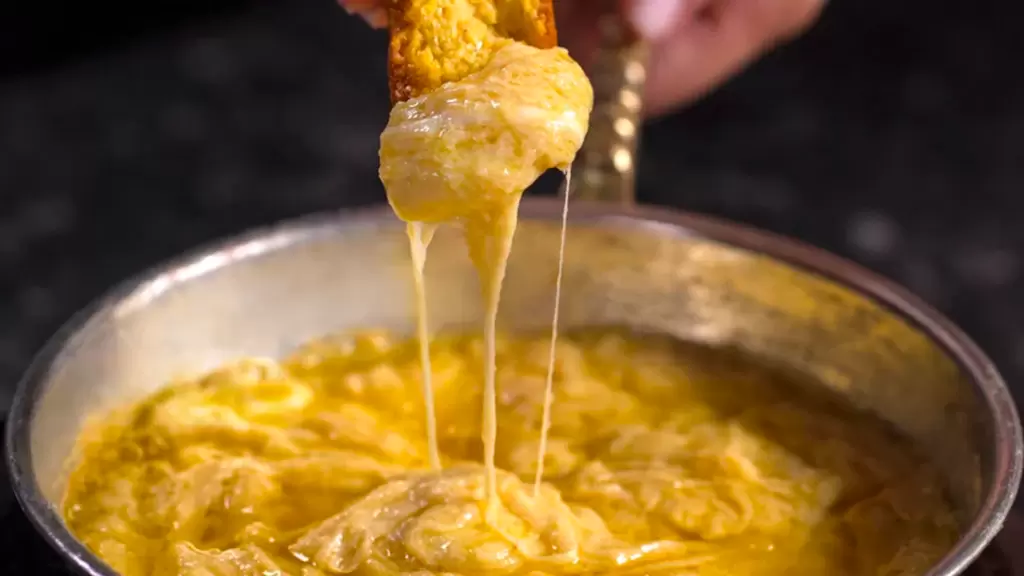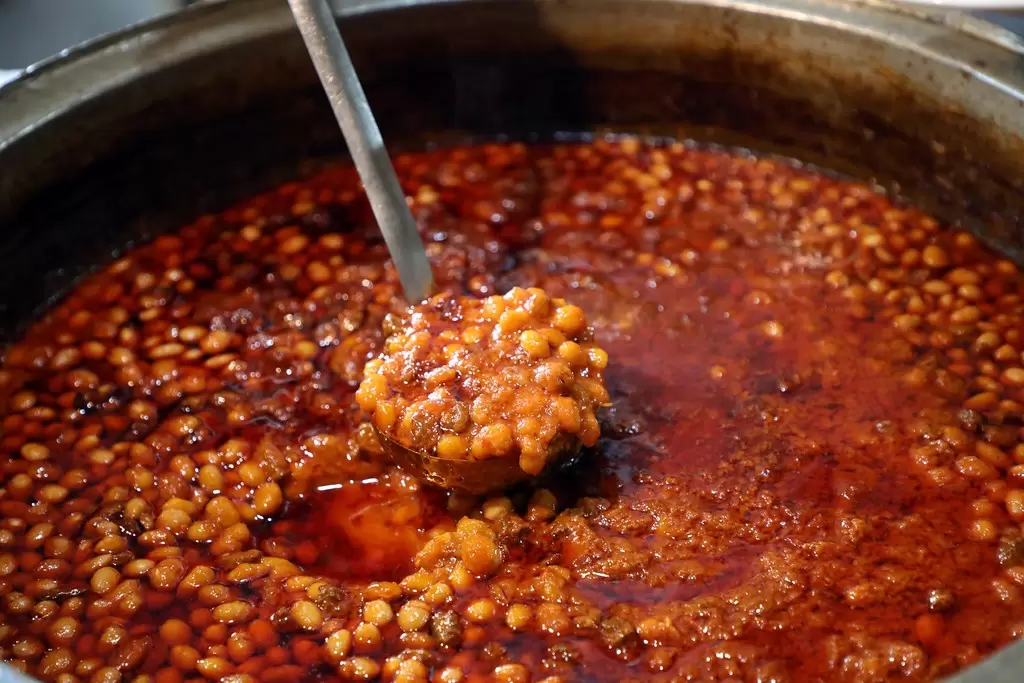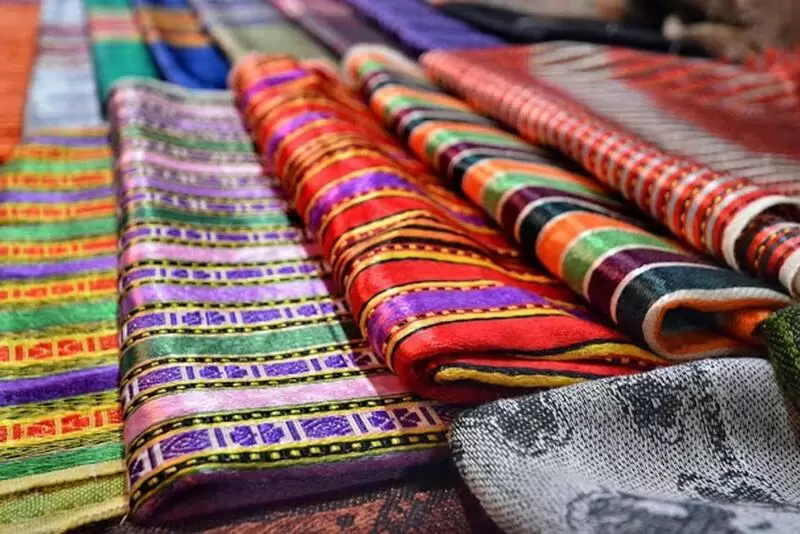
Antep Kutnu Fabric is a centuries-old handwoven textile from Gaziantep, Turkey, renowned for its vibrant colors, luxurious texture, and cultural significance. Traditionally associated with the region’s artisanal heritage, this unique fabric exemplifies the craftsmanship and creativity of the local weavers. Kutnu, meaning “cotton” in Arabic, represents a blend of silk and cotton threads, creating a textile that is both elegant and durable.
Distinctive Features
-
Materials
Antep Kutnu Fabric is woven with a warp made of fine silk or artificial silk (rayon) and a weft made of cotton or a cotton-silk blend. This combination gives the fabric its smooth finish, subtle sheen, and lightweight quality, making it suitable for various uses, from clothing to decorative purposes. -
Weaving Techniques
The fabric is crafted using traditional weaving methods on handlooms. The two primary weaving techniques include:- Satin Weave (Atlas): Creates a smooth and shiny surface, characteristic of classic Kutnu fabric.
- Plain Weave (Bezayağı): Produces a more textured surface, used in variants like Meydaniye and Alaca Kutnu fabrics. The meticulous weaving process ensures a high-quality textile with intricate patterns and vibrant colors.
-
Vertical Stripes and Patterns
Antep Kutnu is distinguished by its bold, vertical stripes, created by arranging colorful warp threads in varying widths. These stripes, combined with the weft, form intricate designs that include both plain and batik-inspired patterns. The arrangement of colors and patterns gives rise to various types of Kutnu fabric:- Kutnu Fabric: Features dense warp threads (4000-5000) with a satin weave, offering a luxurious and smooth finish.
- Meydaniye Kutnu Fabric: Has 3000-4000 warp threads and uses a plain weave, often featuring batik motifs.
- Alaca Kutnu Fabric: Contains 2000-3000 warp threads and incorporates natural patterns formed by the batik technique.
-
Vibrant Colors
The fabric is celebrated for its vivid and long-lasting colors, achieved through natural and synthetic dyes. Traditional Kutnu fabric often features gold, red, green, purple, and other bright hues, symbolizing the vibrancy of Gaziantep’s cultural heritage. -
Versatility and Applications
Antep Kutnu Fabric is versatile in its uses. Historically, it was used for traditional clothing such as robes and scarves. Today, it is also utilized in accessories, home decor items like cushions and curtains, and even in modern fashion designs. Its unique aesthetic makes it a favorite for both functional and decorative purposes. -
Cultural Significance
This fabric holds a special place in Gaziantep’s culture, reflecting the region’s history and artisanal traditions. Its production involves a blend of inherited skills and techniques passed down through generations, keeping the craft alive in the modern era. -
Sustainability
Antep Kutnu Fabric is made using eco-friendly practices, particularly when natural dyes and traditional looms are employed. This approach not only preserves the environment but also maintains the authenticity of the craft.
Production Process
- Thread Preparation: Silk or artificial silk threads are prepared for the warp, while cotton threads are readied for the weft.
- Dyeing: The threads are dyed using natural or synthetic dyes to create the vibrant colors that define Kutnu fabric.
- Warping: The dyed threads are arranged on the loom to form the vertical stripes characteristic of the fabric.
- Weaving: Skilled artisans weave the fabric using traditional looms, combining the warp and weft to create the desired texture and patterns.
- Finishing: The finished fabric is inspected, trimmed, and prepared for use in clothing or decorative applications.
Types of Antep Kutnu Fabric
- Kutnu: Dense satin weave with a luxurious texture, ideal for clothing and accessories.
- Meydaniye Kutnu: Plain weave with batik-style patterns, offering a more traditional aesthetic.
- Alaca Kutnu: Features a coarser texture and natural batik patterns, often used in decorative items.
Modern Relevance
Antep Kutnu Fabric has found a place in contemporary fashion and design, appealing to those who value handmade, sustainable, and culturally rich textiles. Designers incorporate Kutnu into modern garments, accessories, and home decor, blending tradition with innovation. It also serves as a unique souvenir for visitors to Gaziantep, connecting them to the region’s history and artistry.
Conclusion
Antep Kutnu Fabric is more than a textile; it is a cultural icon of Gaziantep, representing centuries of tradition, skill, and artistry. Its vibrant stripes, intricate patterns, and luxurious feel make it a timeless treasure, cherished both locally and globally. By preserving this craft, Gaziantep continues to celebrate its rich heritage and artisanal excellence.




